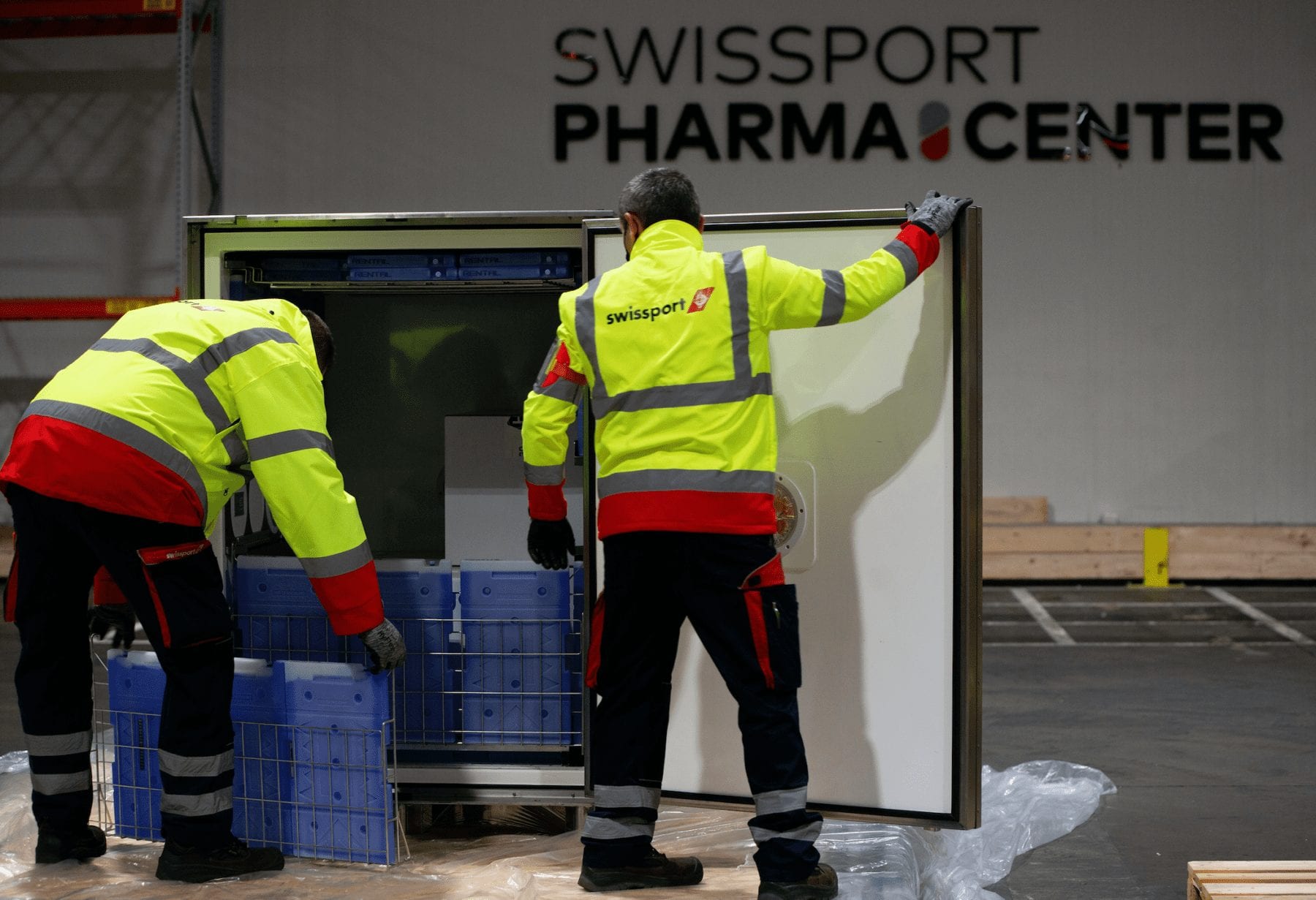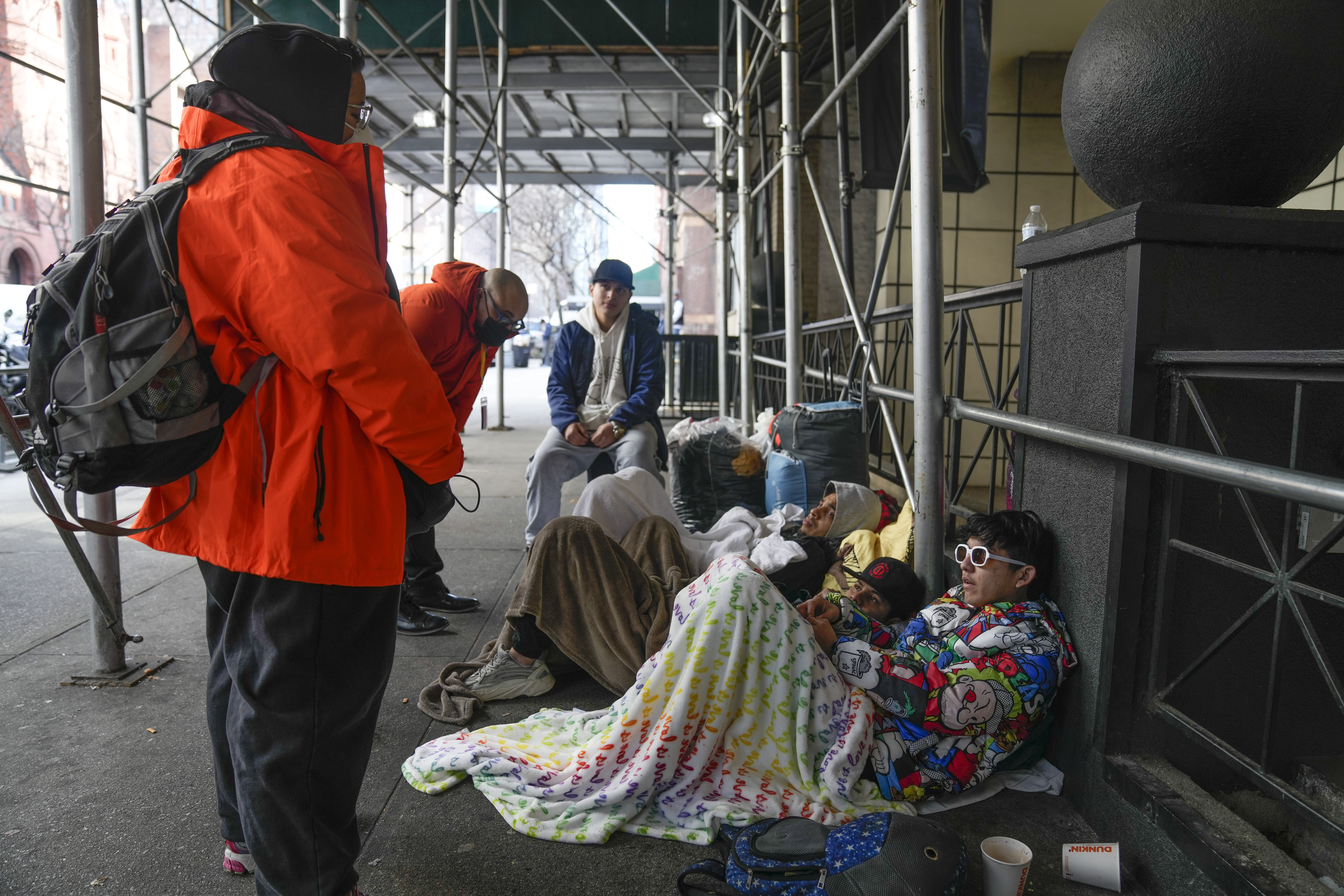With the steady march toward a viable coronavirus vaccine, another race now heats up: solving the full scale of logistics, including storage.
Pending the FDA’s approval during a scheduled Dec. 8-10 meeting, the U.S. government estimates having 40 million doses–enough for 20 million Americans–by the end of this year split between Pfizer and Moderna. Then, if the science proves acceptable, vaccines from AstraZeneca/Oxford and Johnson & Johnson will roll out.
The pandemic has placed the spotlight on problems that didn’t seem too important a year ago, but with some components vital to defeating COVID-19, they are now moving to the forefront. In the U.S., a number of cold-storage facilities for vaccine storage need upgrades.
In a report from JLL Research, construction of modern facilities trails demand. More than 78% of cold-storage buildings in the U.S. were built before 2000 and are short on qualities of modern cold operations.
With demand for cold storage already on the rise over the past several years, given factors including the increase in online grocery shopping, the plan for coronavirus storage has pushed that to lofty levels. The differences frequently are in the details. Converting existing warehouses to cold-storage facilities often diminishes the clearance.
From a Supply Chain Drive online story, Mehtab Randhawa, director of Americas industrial research at JLL, updated the storage situation for Supply Chain Drive. “Modern building standards include more advanced materials and tailored trailer parking and staging areas that often don’t come with older facilities and can’t be retrofitted.”
Plus, the older buildings that make up the majority of the existing market are less energy-efficient. Pfizer’s vaccine must be stored at roughly -94 degrees Fahrenheit. Moderna’s vaccine can be stored around minus -4 degrees, the same as a commercial freezer.


















Add comment